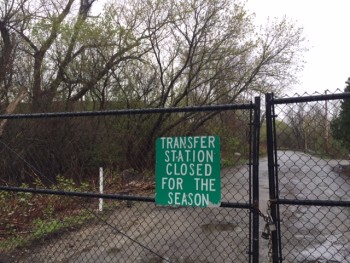Photo: Recycling event, Saturday, May 14.
Belmont is holding its annual town-wide Recycling Event this Saturday, May 14 from 9 a.m. to 1 p.m. at the Department of Public Works Town Yard, 37 C St.
It will be a one-day drop off of the following items:
- Rigid plastics
- Textiles
- Styrofoam
- Paper shredding (with a secure mobile document shredding)
For more information: call 617-993-2689 or learn more online at: http://www.belmont-ma.gov/dpw-highway-division/pages/recycling-trash-information
BELMONT RESIDENTS ONLY: IDs REQUIRED.

